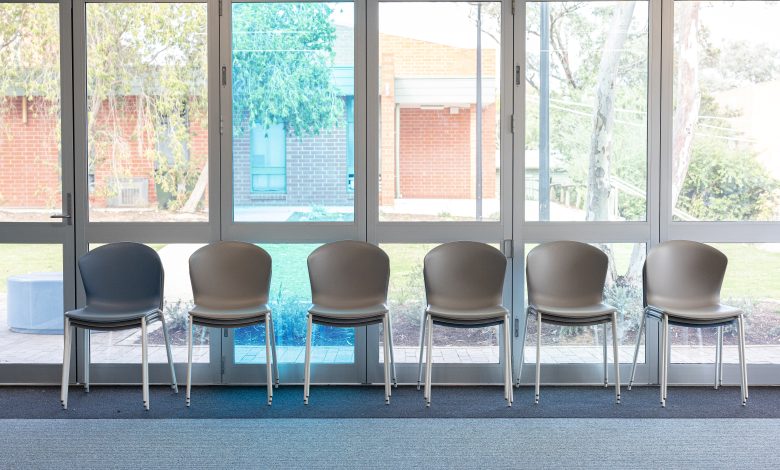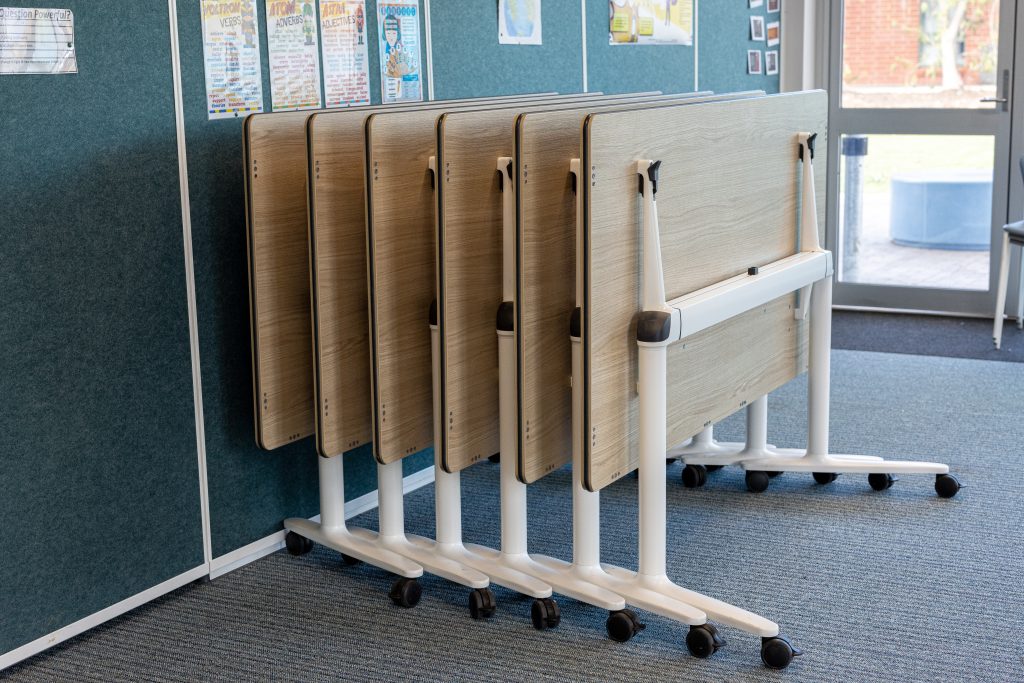Fighting fast furniture with sustainable classroom choices
We’ve all heard of fast fashion, but fast furniture is quickly emerging as a significant waste problem for Australia.

Federal Government reporting indicates that Australia generates 30,000 tonnes of commercial furniture waste each year, with 95 percent of this going to landfill. Much of this is comprised of materials that won’t break down, including metals, glues and adhesives, and plastics.
With eco-friendly practices becoming mainstream in almost every sector, schools should consider furniture buying and disposal in their efforts towards sustainability.
Buy quality
As with most items, a simple way to reduce furniture waste is to purchase quality products that are made to last. Look for items that have been specifically designed to withstand the rough and tumble of life in the classroom. Flexible features such as the ability to raise and lower desk and chairs, and modular furniture that can be rearranged will ensure furniture can grow and change with your students.
Read the latest print edition of School News HERE
Grace Misso from Resource Furniture said multi-purpose furniture is a great way to lower a school’s environmental footprint. “Implementing products like high top tables that can be used for both breakout and general learning areas, for example, help to enhance usability. Stackable chairs and flip tables are another good option, as items can easily be stored away when not in use.”
Specialist classrooms like science areas or kitchens may need specific furniture designed to resist chemical spills, or burns, and that are easy to clean in the event of spills.
Repurpose when possible
It’s a familiar site—classrooms full of desks with pristine legs and frames, but tops that are chipped and scratched, or with peeling metal edges. The choice of tabletop will affect this, and many newer furniture items come with scratch resistant surfaces, without PVC lining strips.
Ms Misso said schools should conduct thorough research to ensure they work with suppliers and manufactures of furniture that use E0 grade board for tabletops, storage solutions and library shelving. “E0 is the highest rated board with the lowest formaldehyde emissions.
“We also recommend that worktops are 25mm rather than 18mm, which ensures greater product durability, longevity and strength.”
If you have desks with damaged tabletops, it may be possible to replace just the top. This will mean that only the desktop needs to be discarded, and the metal legs are saved.”
If restoring your furniture isn’t possible, look for new uses for them around your school. Workshops, art studios or other messy areas might be well-suited to old furniture, and reduce the risk of newer items be damaged or soiled. Painting old desks and then positioning them in outdoor spaces makes a fun art project.

Donate unneeded items
There are many options available for schools to donate furniture items they no longer need. If a new school is opening in your area, discuss with school administrators whether they would accept a gift of furniture still in good repair, or if they would purchase it for a reduced rate. Community centres, early learning centres, local libraries and other businesses may also be interested in your furniture items.
Several charities collect and ship unneeded school furniture items for distribution throughout Australia and the world.
Know your supplier
Your choice of furniture supplier could have a big impact on the longevity of your school furniture. Working with a trusted supplier, who specialises in school furniture will ensure you receive quality products and do not need to replace items every few years. This is great news for your furniture, and for your budget bottom line.
“Schools should look for companies that have genuine and enforceable environmentally sustainable practices and policies. Genuinely sustainable companies will be able to backup any of these claims, often through certifications that can easily be found on their website,” Ms Misso said.
“Another great way to determine the sustainability of furniture is to check the percentage of recyclable content the piece has. This is also relevant with any fabric choices that you may make for your classroom. The higher the recyclable content, the better. We recommended opting for fabrics that are at least 80,000 abrasions, which are suitable for a high traffic school environment.”







